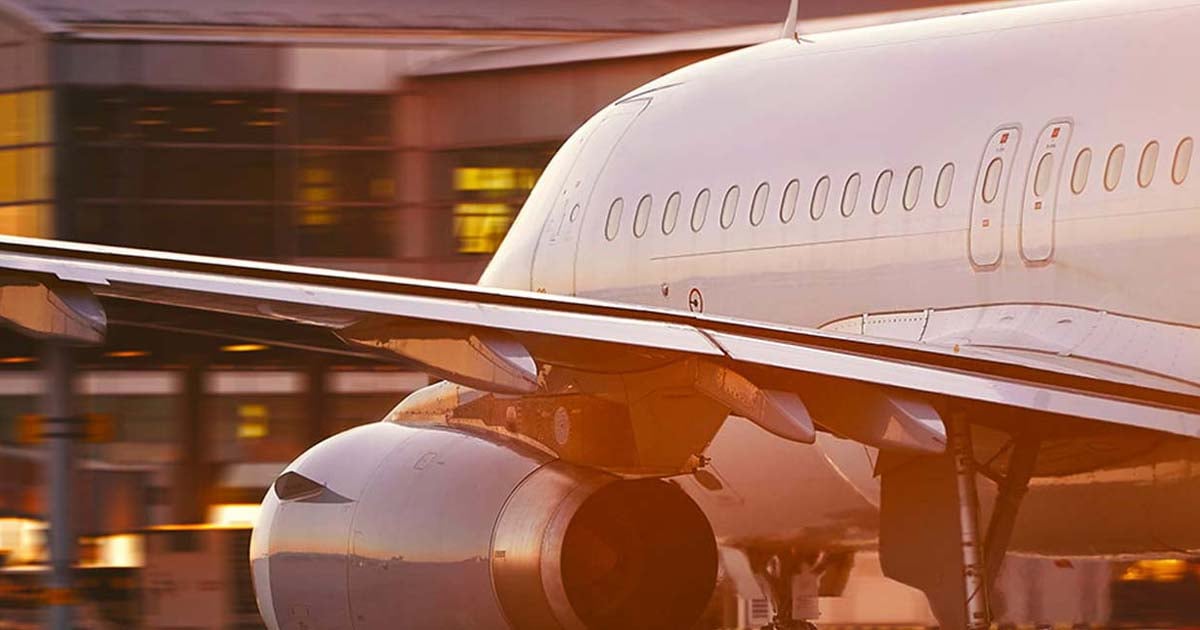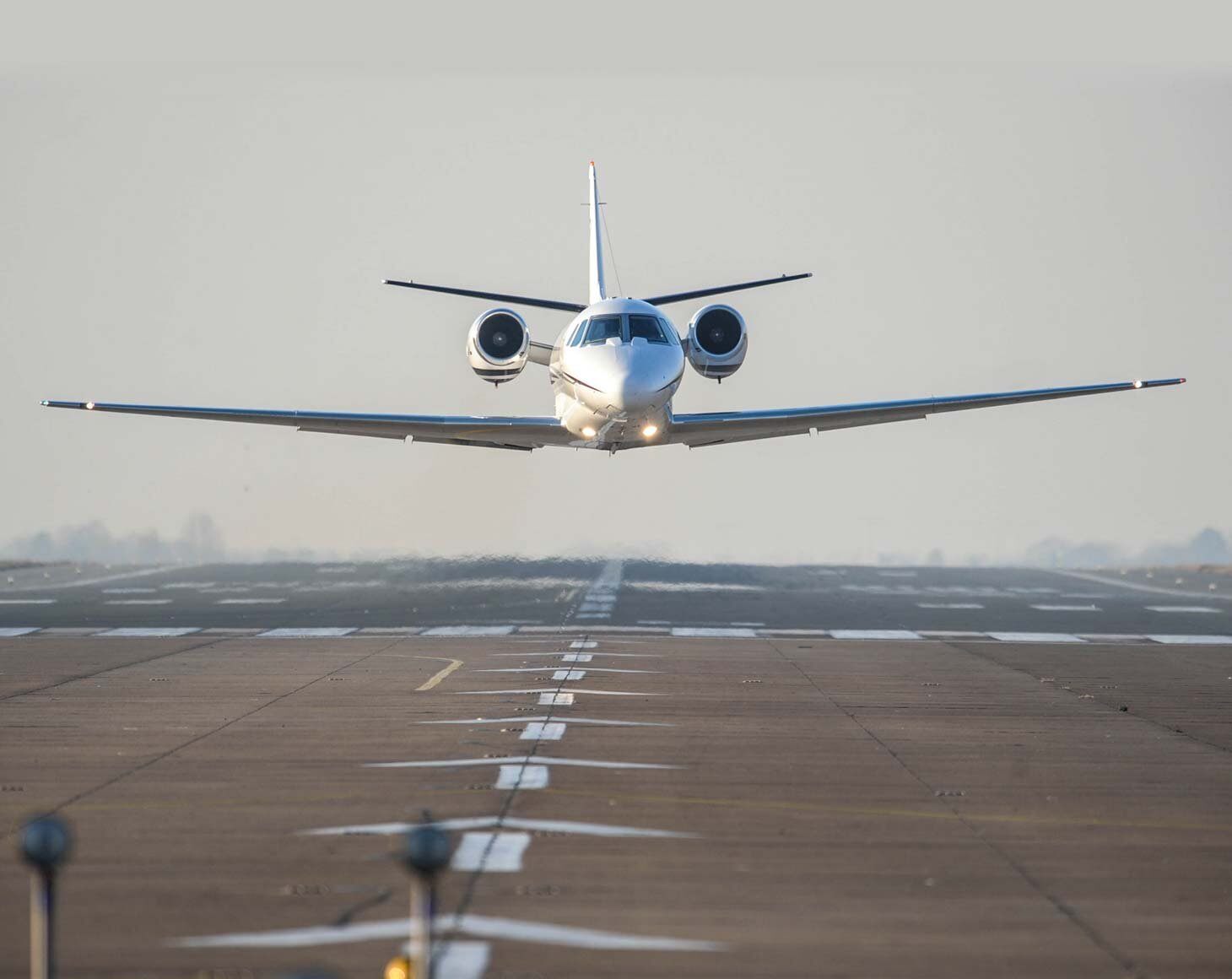Whether it’s a critical machine part needed to avoid production downtime, life-saving medical supplies, or high-value goods for an urgent transaction, expedited transportation solutions are essential. Air freight, hand carry, and air charter services are among the fastest options available, each catering to different needs and scenarios.
Expedited freight methods have become increasingly important in a globalized economy where time-sensitive deliveries are often the norm rather than the exception. Supply chain disruptions, tight project deadlines, and the growing demand for rapid e-commerce fulfillment have all contributed to the rise of air-based logistics solutions. Choosing the correct shipping method not only ensures that goods arrive on time but also helps businesses maintain customer satisfaction, minimize downtime, and stay competitive in their respective industries.
THE FASTEST SHIPPING METHODS
Each of the three methods—air freight, hand carry, and air charter—offers unique benefits and limitations, making them suitable for specific types of shipments. Air freight is widely regarded as a cost-effective solution for transporting goods quickly over long distances, while hand carry services provide unparalleled oversight and security for smaller, high-priority items. On the other hand, air charters deliver unmatched flexibility and speed, particularly for large, urgent, or specialized shipments that require a dedicated aircraft.
Same Day Air Charter Lorem ipsum dolor sit
In the automotive industry it is estimated that one minute of stopped production costs an average of $22,000, with some estimates reaching as high as $50,000 per minute. With such staggeringly high costs at stake, keeping assembly lines operating smoothly is absolutely critical to a company’s bottom line. With many manufacturers building to only a just-in-time production rates, any disruption threatens parts and vehicle inventories. Enter same day air charter service from SameDayAir.com.
When supply chain crises arise, our same day air charters and onboard couriers can rapidly deliver parts to get your production line moving again – on time. Not only do we air charter time sensitive parts, but we can also fly fully assembled vehicles – with sales teams and key personnel - to product launches, rollouts, and press events. With immediate access to air charter aircraft of all types, you’ll hit the ground running.
TALK TO AN EXPEDITOR NOW
Get a Quote in Minutes for Your Time-Critical Freight Needs
How to Choose the Best Shipping Method
Choosing the right shipping method is critical for ensuring your goods arrive on time, within budget, and in excellent condition. With options ranging from air freight and hand carry to air charter, each method offers distinct advantages and limitations. To make the best decision, you need to consider factors such as shipment urgency, budget, cargo type, and destination. By analyzing these variables, you can identify the shipping solution that aligns with your priorities and meets your logistics needs.

Air Freight
Air freight is one of the most commonly used methods for expedited freight, offering a reliable balance between speed, cost, and capacity. It involves the transportation of goods via commercial airlines or cargo-specific aircraft, enabling rapid delivery across both domestic and international routes. Businesses of all sizes rely on air freight to ship a wide range of goods, from electronics and automotive parts to medical supplies and perishables, ensuring they reach their destinations quickly and securely.
The appeal of air freight lies in its ability to connect global markets efficiently, making it a cornerstone of modern supply chains. While it may not be as fast as hand carry or as flexible as air charter, air freight provides an affordable option for shipping goods over long distances when compared to premium alternatives. With advancements in technology, real-time tracking and automated freight quote systems have further enhanced its reliability and convenience.

Hand Carry
Hand carry services, also known as on-board courier (OBC) services, are one of the most secure and fastest methods of transporting urgent shipments. In this approach, a dedicated courier personally escorts the shipment as a passenger on a commercial flight, ensuring the goods are under constant supervision from pickup to delivery. This method is often used for high-priority shipments such as legal documents, prototypes, medical supplies, or high-value items, where speed and reliability are critical.
The personalized nature of hand carry services makes them a preferred choice for businesses with time-sensitive or sensitive cargo. Unlike other methods that rely on traditional freight handling, the courier ensures the shipment bypasses many of the delays associated with customs or cargo loading. This hands-on approach not only minimizes the risk of damage or loss but also ensures faster transit times, making it a highly reliable option for urgent needs.
While hand carry services are not suitable for every shipment due to size and cost constraints, they remain a vital solution for critical logistics challenges. Whether it’s delivering a replacement part to avoid production downtime or ensuring the safe transport of irreplaceable items, this method offers unmatched speed and oversight for specialized needs.

Air Charter
Air charter services represent the pinnacle of expedited freight solutions, offering unparalleled speed and flexibility. This method involves renting an entire aircraft dedicated exclusively to transporting a specific shipment, ensuring direct and customized delivery. Air charters are often the go-to option for time-critical, oversized, or specialized cargo that cannot be accommodated by standard air freight or hand carry services. Businesses across industries rely on air charters for their ability to adapt to tight deadlines and unique logistics needs.
The versatility of air charter services makes them an essential solution in scenarios where traditional shipping methods fall short. From delivering essential medical equipment to disaster-stricken regions to transporting oversized industrial machinery, air charters provide the flexibility to tackle even the most complex logistics challenges. By eliminating the constraints of commercial airline schedules, air charters offer direct routes and minimize transit times, making them ideal for high-stakes situations where every minute counts.
While air charters are one of the fastest and most reliable options, they come with significant costs and require careful coordination. For businesses that prioritize speed and customized service over expense, air charters are a vital component of their supply chain strategy. Whether it’s ensuring rapid delivery of critical parts or meeting urgent production deadlines, this premium service guarantees that cargo arrives exactly when and where it’s needed.


Key Factors in Choosing the Right Shipping Method
Selecting the right shipping method is essential for balancing speed, cost, and efficiency in today’s fast-paced logistics environment. Whether you’re deciding between air freight, hand carry, or air charter services, the key is to evaluate your shipment’s unique requirements. Here are the critical factors to consider when choosing the best shipping method:




